THE 5 BEST TOOLS FOR A SMALL BUSINESS
Over two months ago, we stepped through the grand doors of the exclusive 12 Hay Hill in the heart of Mayfair. The excitement of finishing our degrees and starting a new professional job kicked in and we were both ready for the task in hand.
Our number one job was to establish Upstreamly’s online presence using every initiative we could think of. Despite our limited knowledge in advertising and marketing, as young adults we are avid social media users and “tech savvy” in the eyes of our parents, therefore, how hard could it be? Well, quite hard as we discovered. You would be surprised at how the simplest of tasks turn out to be the most frustrating. A lot of time was spent researching and learning from scratch, which is why we want to share with you the 5 tools that were of most use to us.
#1. WordPress
Our main task was to completely refurbish the company website. Truth be told neither of us had ever used WordPress, so this was totally new for us. After watching several tutorial videos, we decided that the best approach was through experimentation. We discovered that you can change and customize the theme of the website before publishing, allowing us to try out various designs. In the past 2 months, our website has had a few makeovers to finally reach the stylish, informative site we have today.
#2. Analytics
We’ve collected data from several sources including WordPress, Google Analytics and Hotjar. WordPress allows us to see how many visitors and views we have had each day, which pages they viewed and where they are coming from. Google Analytics is one of the most popular website tools, giving detailed analysis of our audience (including age, gender, country, city) and we also linked this with our Google Adwords campaign to get all the information about who is clicking on our ads.
Hotjar is slightly different and a bit freaky; you can record mouse movements of everyone who visits your site, watching where they click and how far down the page they bother to scroll. This, for example, made us change the position of the menu to sit above the average fold.
#3. Email
Google has become our best friend these past couple of months, especially when it comes to organisation. At the beginning of our internship we set up a shared Gmail account and a Google drive, which allows us to share documents with each other and to organise them for Amir to access in the future.
#4. Social Media
We have used a variety of platforms to advertise Upstreamly and to boost our blog readership. Whilst advertising on Facebook allows our brand and articles to reach thousands of people across the world for little cost, you do get a few unwanted weirdos commenting. Linkedin, on the other hand, has become our preferred platform due to the professional audience and the specialised campaign targeting tools that it provides.
#5. Apps and Plugins
Our advice would be to utilise all the relevant software available to you. Apps such as Buffer and Plugins like MailChimp and Yoast have been instrumental in the setting up and running of many of our initiatives. Buffer is a fantastic management tool that allows us to share and schedule posts to Twitter, Facebook and LinkedIn – all from one place. We can schedule our posts for the coming week and then sit back and let the magic happen! MailChimp is a marketing automation that allows us to create subscription forms for our blogs and emails and design monthly newsletters.
Yoast SEO goes one step further than WordPress, helping optimise our website with aspects such as readability scores, meta tag and meta descriptions, XML Sitemaps and RSS Optimisation.
NB. The best thing about a lot of the tools we have used is that they come with no/little cost.
Using and making the most of these tools has taken extensive reading and research. This can be quite tedious when the answer is nowhere to be found. Sometimes, the best thing to do is to ask – don’t worry about bugging the sales assistant of a company or their helpline desk; it’s their job to help. However, the biggest self-tool is confidence in yourself. Whether it’s through phone calls, in business meetings or just around the office, acting like you are an expert in your field can get you very far.
As our time at Upstreamly comes to an end, we would like to say a huge thank you to Amir for giving us the chance to work for his company and giving us the freedom and responsibility to take on tasks, some of which don’t necessarily come under ‘marketing’. However, this has allowed the range of skills that we’ve developed to be far broader. Along with new skills and knowledge, we will also come away with long lasting friendships and great memories.

